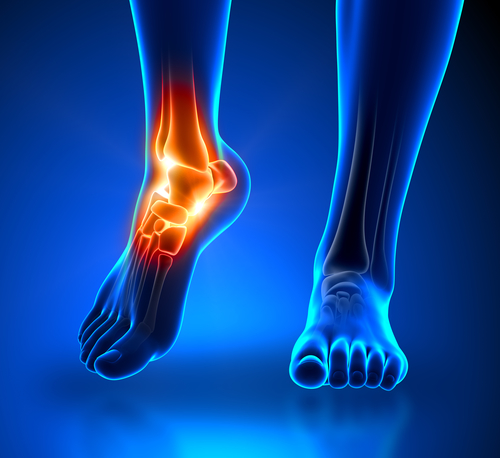“I look forward to physical activity; it’s a release from stress and a nice distraction. It puts me in a better mood. I never used to take classes before, but then I tore my plantar fascia, so I couldn’t run. I started taking SoulCycle classes, which I know are polarizing. People have strong opinions. Even though I can run again, I still go.”
— Ellie Kemper

The star actress from the show the Unbreakable Kimmy Schmidt brings a truth to a very common injury. An injury sustained to the Plantar Fasciitis isn’t something to take likely. This type of injury can go undetected and often ignored, but it’s a very serious injury and one that needs
What is Plantar Fasciitis?
We don’t want to start this thing off without educating you on what a Plantar Fascia is and what causes Plantar Fasciitis. The plantar fascia is a thick,
Plantar Fasciitis Symptoms
There are a vast number of reasons why you can have Plantar Fasciitis. If you are over-weight or obese you will incur an increased amount of pressure on your plantar fascia ligaments. It’s common to see this in pregnant women who have sudden weight gain during the latter days of pregnancy.
Constant activity is another reason why you could develop Plantar Fasciitis. If you’re a long-distance runner, you may be more likely to develop plantar fascia problems. Active men and women between the ages of 40and 70 are at the highest risk for developing plantar fasciitis. It’s also slightly more common in women than men. Plantar Fasciitis is also known to occur with people who have high arches or flat feet. We also see this develop in people who have tight Achilles Tendons.
How can ART help with Plantar Fasciitis?
Before we can determine if
This extensive series of movement tests are a way to determine if you have a serious case of Plantar Fasciitis. These tests are the only way to try and diagnose how far this injury has progressed along your superficial backline and where we can go for treatment from there.
The Active Release Technique Procedure
Active Release Technique can be considered
An additional benefit of ART® and the resolution of Plantar Fasciitis is to allow us to further assess and correct problems not only at the site of pain
Pain and Performance Solutions and your Plantar Fasciitis Needs
There’s only one way to help you through your Plantar Fasciitis. That’s to set up an appointment with us at Pain and Performance Solutions. Please don’t go another day with pain when there is help out there. Contact us at (707) 636-4404 or use our online booking page so we can help get your healing started.